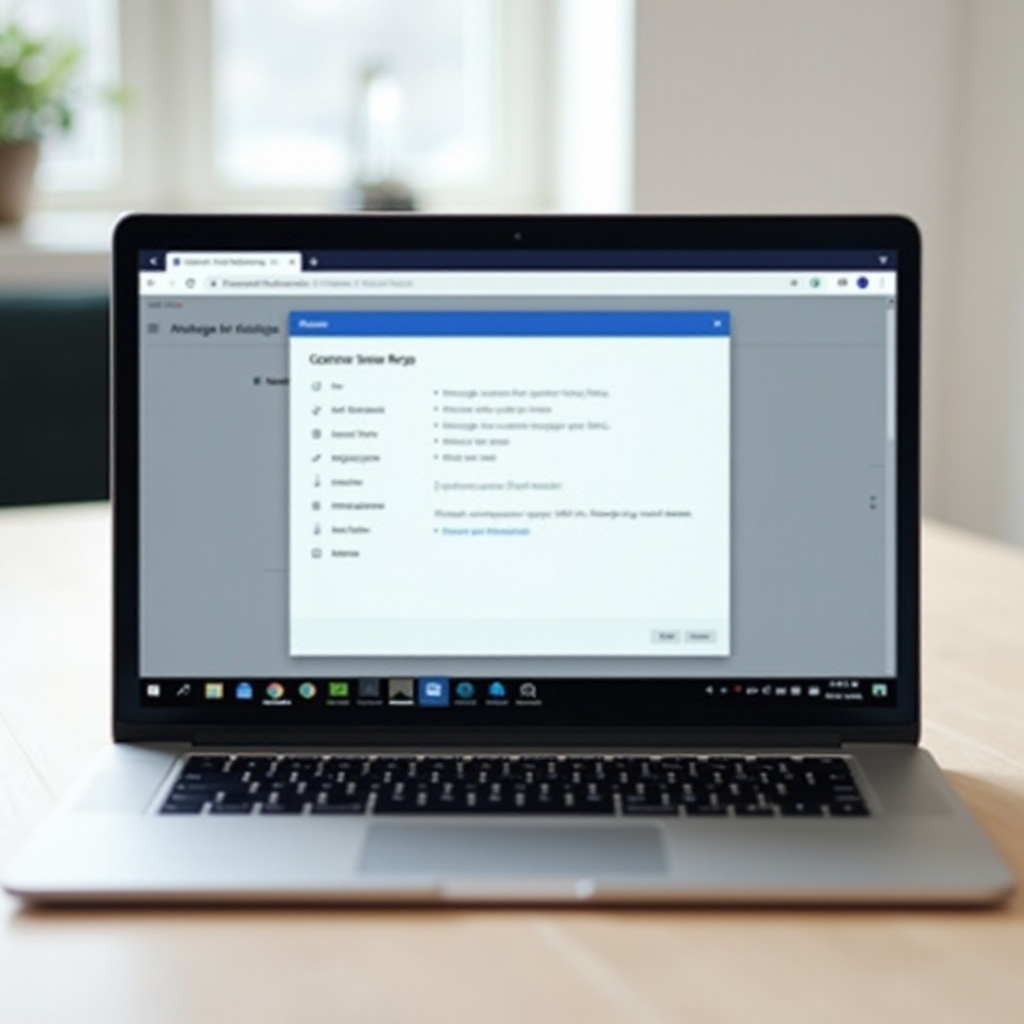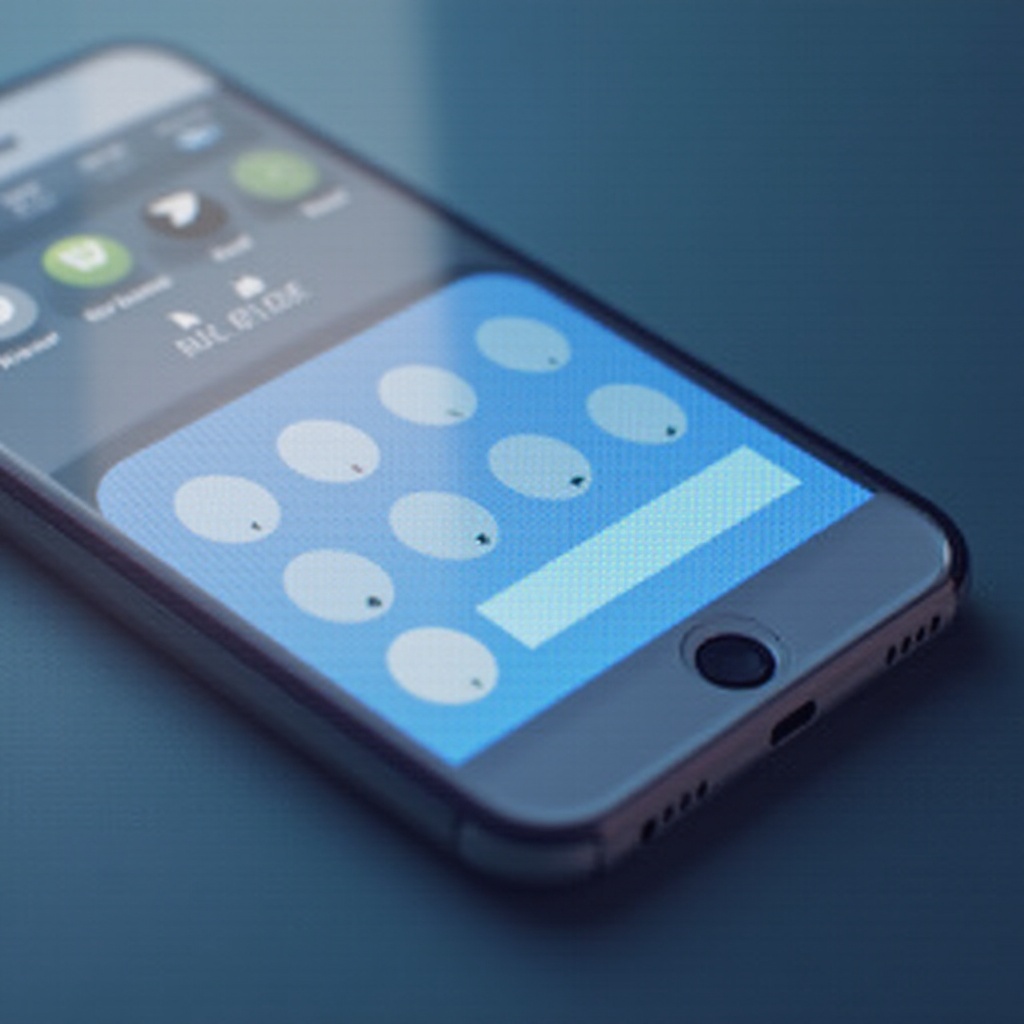Introduction
Android tablets have become essential tools for productivity, entertainment, and communication. Their versatility often requires reliable connections to various peripherals like external storage, displays, and other accessories. This is where phone cable adapters to C (USB-C) come into play, serving as a bridge between the tablet and a wide array of devices. In this post, we’ll explore the importance of USB-C in modern Android tablets, the role of phone cable adapters, essential features to look for, top choices in 2024, and tips for safe usage.
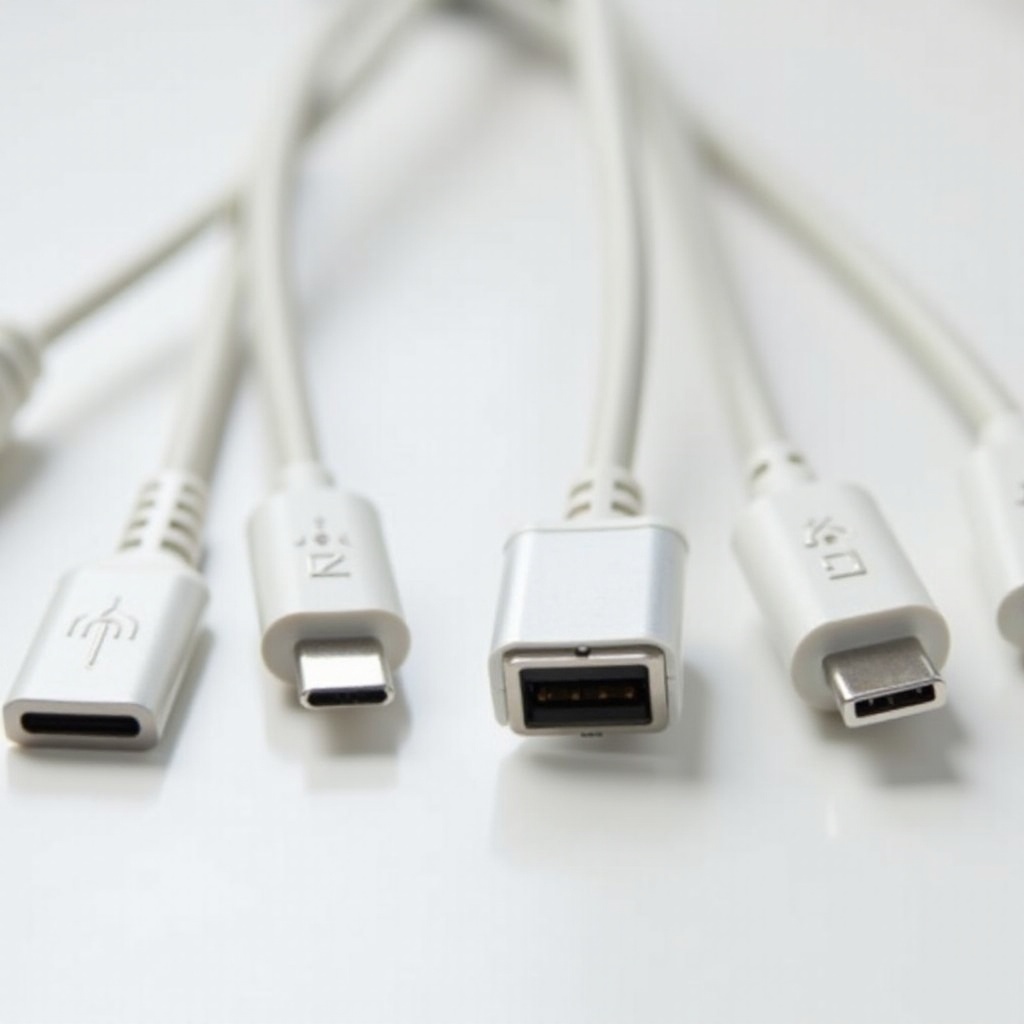
The Importance of USB-C in Modern Android Tablets
USB-C has become the go-to standard for connecting and powering devices thanks to its reversible design, which simplifies the user experience. Its universality allows one cable to be used across multiple devices, reducing clutter and increasing convenience.
Modern Android tablets have widely adopted USB-C for its superior capabilities. It supports faster data transfer rates and rapid charging—both critical for tablets used in professional and personal settings. Transferring large files, such as HD videos and high-resolution photos, happens in a fraction of the time compared to older USB standards.
The adoption of USB-C also means better compatibility with various accessories like docking stations and external monitors, thereby enhancing the tablet’s versatility. Understanding the role of phone cable adapters to C is crucial for tablet users to fully leverage these benefits.
Why Phone Cable Adapters are Essential for Android Tablet Users
Phone cable adapters enable users to connect their Android tablets to various peripheral devices, enhancing the tablet’s functionality. Whether transferring data from an external hard drive, connecting a USB keyboard, or attaching a monitor for a larger display, these adapters make it possible.
For example, imagine needing to access files on a thumb drive while on the go. A reliable phone cable adapter to C lets you plug in the drive and access files seamlessly. Similarly, if you need to present something on a bigger screen, these adapters facilitate connections to HDMI displays.
Beyond convenience, these adapters are invaluable in professional settings. They ensure your tablet can interface with a wide range of equipment, thus enhancing work efficiency and flexibility. This versatility makes investing in a high-quality phone cable adapter essential for all modern Android tablet users.
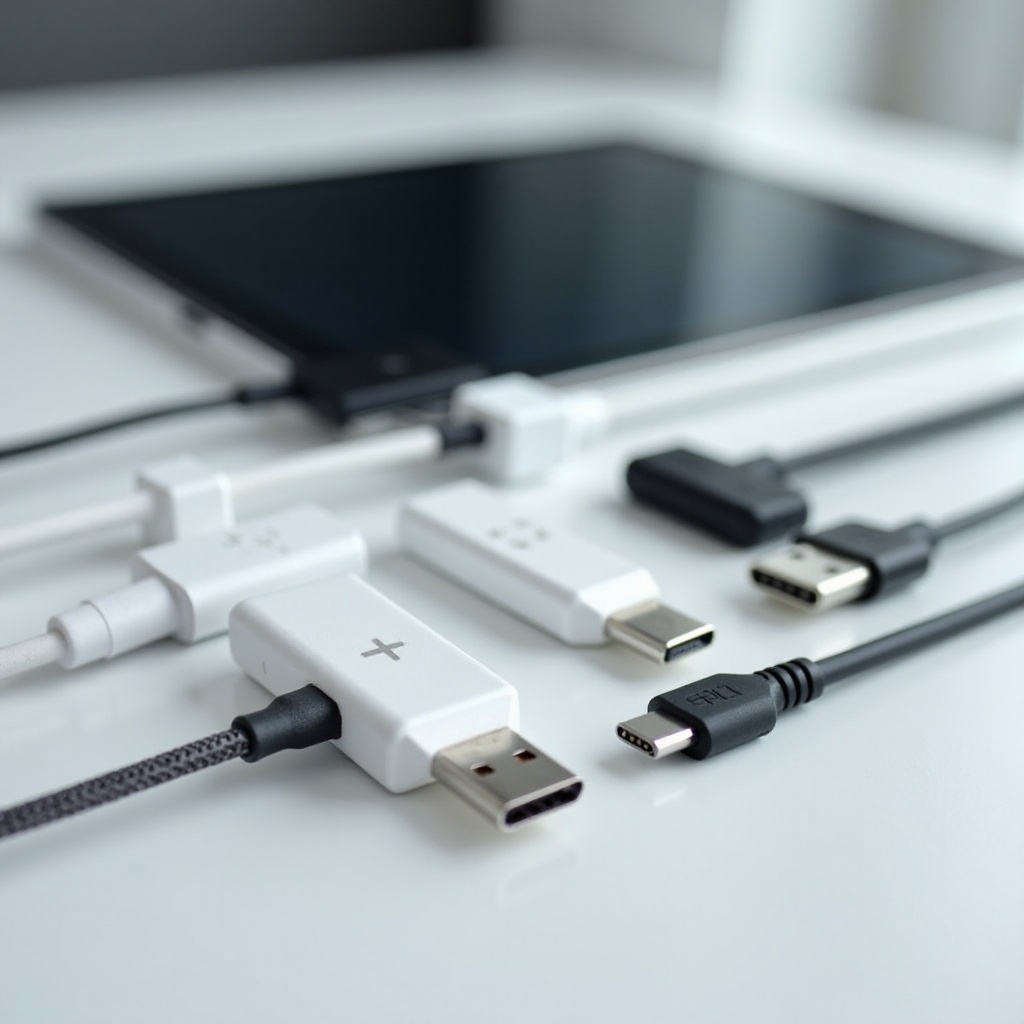
Features to Look for in a High-Quality Phone Cable Adapter
When selecting a phone cable adapter to C for your Android tablet, several key features will ensure optimal performance and reliability:
-
Build Quality: Opt for sturdy materials like aluminum casing, which offer better durability than plastic. Reinforced connectors can also prevent wear and tear from frequent use.
-
Compatibility: Ensure the adapter supports your specific tablet model and other peripheral devices you intend to use. Some adapters offer universal compatibility, while others are more device-specific.
-
Data Transfer Rate: A high-quality adapter should support USB 3.1 or later standards for faster data transfers. This ensures quick transfer of large files.
-
Charging Capability: Verify if the adapter supports Power Delivery (PD) for fast charging. Opt for adapters that offer sufficient power output to quickly charge your Android tablet.
-
Number of Ports: Depending on your needs, you might prefer an adapter with multiple ports, including USB-A, HDMI, and SD card slots. This multipurpose functionality can significantly expand your tablet’s capabilities.
-
Compact Design: If portability is a concern, seek out compact and lightweight adapters that are easy to carry. Ensure that the compact size does not compromise functionality or durability.
-
Heat Management: Efficient heat dissipation is crucial for device protection. Choose adapters with good thermal management systems to avoid overheating during extended use.
Investing time in finding the right features will save you from potential headaches and ensure a seamless user experience with your Android tablet.
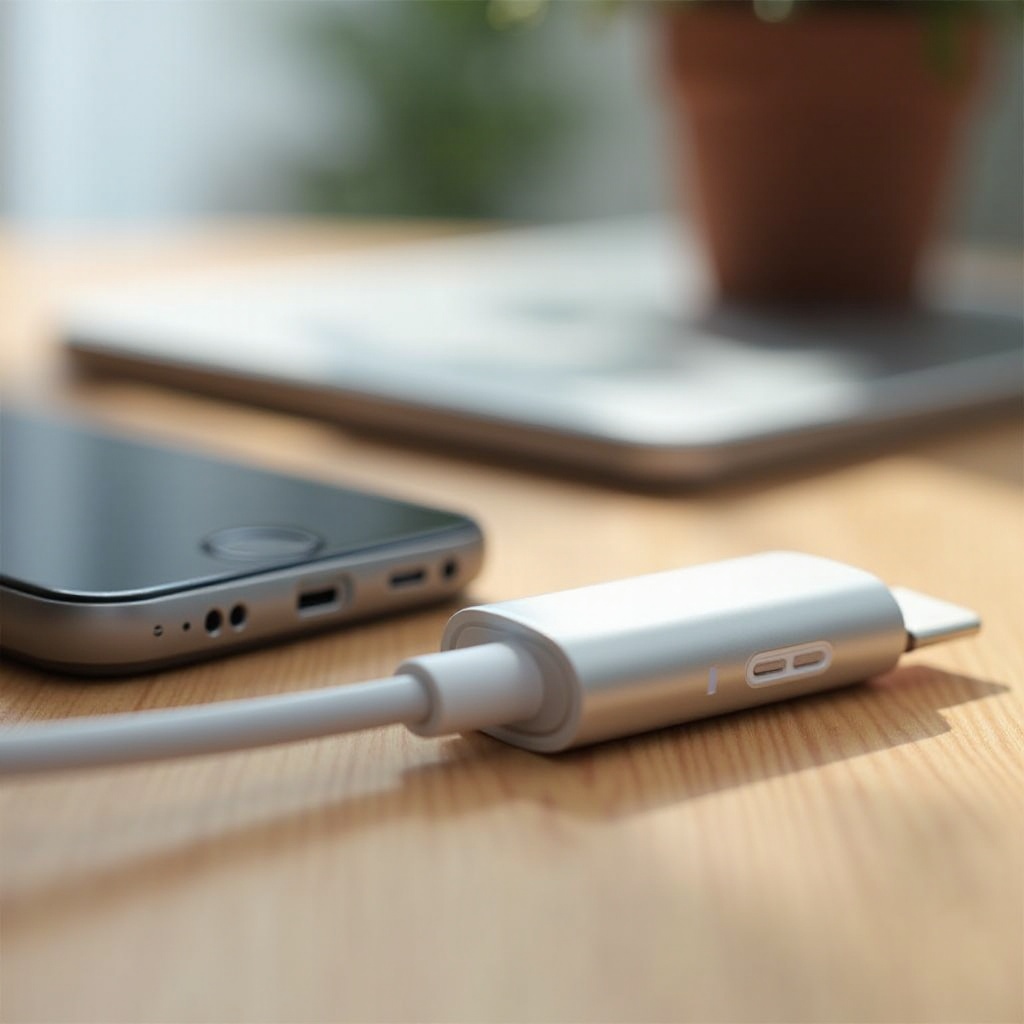
Top Phone Cable Adapters to C for Android Tablets in 2024
Several phone cable adapters stand out in terms of performance, reliability, and user satisfaction:
-
Anker USB-C Hub: Known for its rugged build and multiple ports, including HDMI, USB-A, and an SD card reader, the Anker USB-C Hub is perfect for users needing an all-in-one solution. It also supports up to 100W Power Delivery.
-
HyperDrive 6-in-1 USB-C Hub: Ideal for professionals, this hub offers a plethora of ports combined with sleek design. It includes Ethernet, HDMI, USB-A, and microSD card slots, making it highly versatile.
-
Satechi Aluminum Multi-Port Adapter: Combining style with functionality, Satechi’s adapter supports 4K HDMI output, dual USB-A ports, and USB-C pass-through charging. Its aluminum design complements modern tablets aesthetically.
-
Belkin USB-C Multimedia Hub: Known for durability and reliability, Belkin’s adapter includes 4K HDMI, an SD card reader, and multiple USB ports. It also supports Power Delivery, making it an excellent all-around adapter.
-
CHOETECH USB-C Hub: A budget-friendly option that doesn’t compromise on quality. This adapter includes HDMI, three USB-A ports, and SD/microSD slots. It’s a great choice for balancing price and features.
These adapters have been chosen based on user reviews, build quality, and the range of ports they offer. However, your specific needs might vary, so consider the features that are most important for your use case.
How to Use Phone Cable Adapters Safely with Android Tablets
Using phone cable adapters safely with your Android tablet is crucial for the longevity of both your tablet and the adapter. Here are some key tips:
-
Read the Manual: Start by reading the instruction manual provided by the manufacturer. This guide offers essential information about the specific use and compatibility of the adapter.
-
Check Connections: Ensure that both ends of the connection are secure. A loose connection can cause data transfer issues or accidental disconnections.
-
Avoid Overloading: Don’t overload your adapter with too many connections at once. Multiple high-power devices can strain both the adapter and the tablet.
-
Update Firmware: Install any firmware updates provided by your adapter or tablet manufacturer. Firmware updates can resolve compatibility issues and enhance performance.
-
Monitor Temperature: Keep an eye on the adapter’s temperature. If it gets too hot, disconnect it and let it cool down. Prolonged overheating can damage both the adapter and your tablet.
-
Unplug When Not in Use: To extend the life of your adapter, unplug it when it’s not in use. Continuous power can lead to unnecessary wear.
Following these steps can help ensure that your phone cable adapters remain functional and safe for a long time.
Conclusion
Understanding the intricacies of phone cable adapters to C for Android tablets can truly transform your user experience, adding layers of functionality and convenience. From selecting a high-quality adapter to using it safely, these insights ensure that you’ll maximize your tablet’s capabilities. Keep these tips in mind, and you’ll be well on your way to making the most of your Android tablet.
Frequently Asked Questions
What should I consider when buying a phone cable adapter for my Android tablet?
When buying a phone cable adapter, consider build quality, compatibility, data transfer rates, charging capability, number of ports, design, and heat management. These factors ensure a reliable and efficient adapter.
Can I use older phone cable adapters with the latest Android tablets?
Older phone cable adapters might work but could lack the necessary power and data transfer speeds required by newer tablets. Always check compatibility with your specific tablet model to avoid any issues.
How can I troubleshoot a non-working phone cable adapter with my tablet?
Start by checking all connections and ensuring the adapter is compatible with your tablet. Update any firmware, and try using the adapter with another device. If it still doesn’t work, the adapter might be faulty and require replacement.

